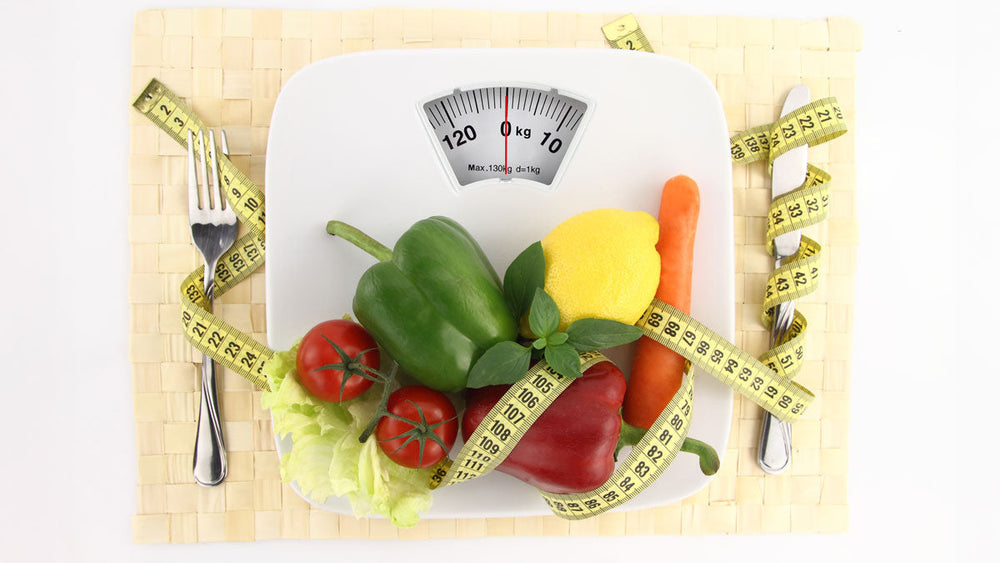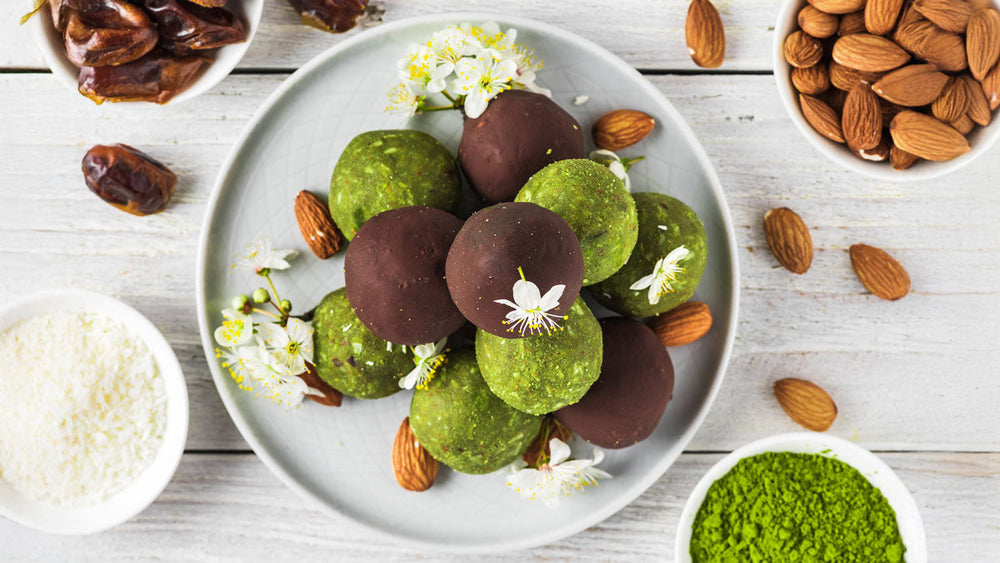As most people know, being an athlete comes with many great rewards.
Good health and wellness, building a solid work ethic, obtaining self-discipline, and of course, rising to new challenges that you never thought were possible.
These great features apply whether you are new to sports or a seasoned athlete. But, regardless of experience, one challenge all athletes face is incorporating adequate and healthy fueling. Unfortunately, you can make healthy-seeming food choices and still end up with painful and embarrassing GI issues. Generally, with sports nutrition, it is very important to understand meal timing, especially around workouts and goal competitions, races, etc.
“The hard training undertaken by athletes day in and day out ensures they have increased energy needs. Achieving those increased needs is a fundamental requirement of an athlete's diet, and failing to do so for extended periods of time can have adverse implications on both health and performance.” - Australian Sports Commission — https://www.sportaus.gov.au.
Being sensitive to certain foods can make or break your stride when tackling a workout, race, or competition.
How does an athlete confront meeting higher caloric demands and follow a compliant Low-FODMAP diet?
This can be tricky, but balancing high energy intake while reducing FODMAP intake promotes a calm and content GI tract, allowing you to place your focus on the activity in front of you. The key to this is having a plan and understanding the Low FODMAP diet and how to balance foods in the correct portions appropriately.
First, I will discuss what high FODMAP foods do in your GI tract. Some of these foods are highly osmotic, meaning they pull more water into the small intestine, increasing the chance of diarrhea. Individuals that are more prone to constipation may feel more of a pressure growing in their gut.
High FODMAP foods also create more gas in the gut due to bacterial fermentation, or they may also digest poorly in the small intestine. Reducing FODMAP intake can be remarkably effective in minimizing GI upset. One example study of study IBS sufferers found that 87% of participants experienced less gas, 86% experienced a reduction in overall symptoms, 85% reported a reduction in pain, and 82% reported less bloating when reducing the FODMAP load in their diet (J Hum Nutr Diet., 2011).
As an athlete- you want to time and balance your caloric intake throughout your day.
Have a small meal or snack one to two hours pre-exercise that is about 200-400 calories. You want to include good sources of Low FODMAP carbohydrates to fuel your muscles to convert that into energy. Protein aids in satiety or the feeling of fullness; therefore, you want to include this as well. Examples include oatmeal with peanut butter or a hard-boiled egg with low-lactose cheese.
You will want to have 200-300 calories of carbohydrate-based nutrition for workouts longer than one hour. This will help fuel your brain and muscles to meet the higher demands placed on your body. Various options include chews, gummies, gels, sports drinks, dried fruit, and maple sugar candies. Sports drinks should be made with sugar. Avoid high FODMAP items such as those made with honey, fructose, or high fructose corn syrup, and high FODMAP fruits (such as apples, peaches, and watermelon).
Refueling after an activity replenishes your energy stores.
After exercise, your muscles are primed to refuel. You can do this by consuming simple carbohydrates with a small amount of protein. A ratio of 3 carbs to 1 protein is a good balance to get what you need. Liquid nutrition works best as it is absorbed and digested more rapidly. Low FODMAP fruit smoothies with a small amount of protein powder, low-lactose Greek yogurt, or lactose-free chocolate milk are great options.
No matter the activity, you can maintain your fitness level and follow a Low FODMAP diet without risking calorie or nutrient loss. Remember, the Low FODMAP diet is designed to be followed for no longer than two to four weeks before the reintroduction phase. Your training does not have to be sacrificed because your stomach isn’t cooperating.



















Comments
Join The Conversation...